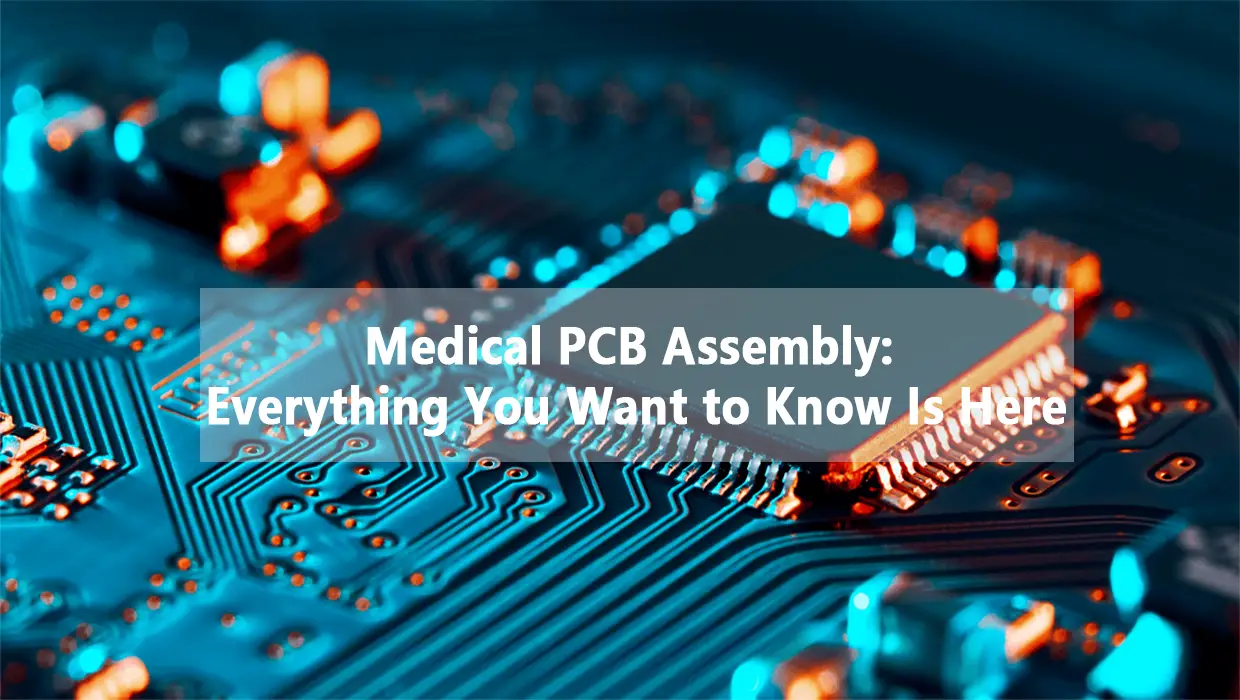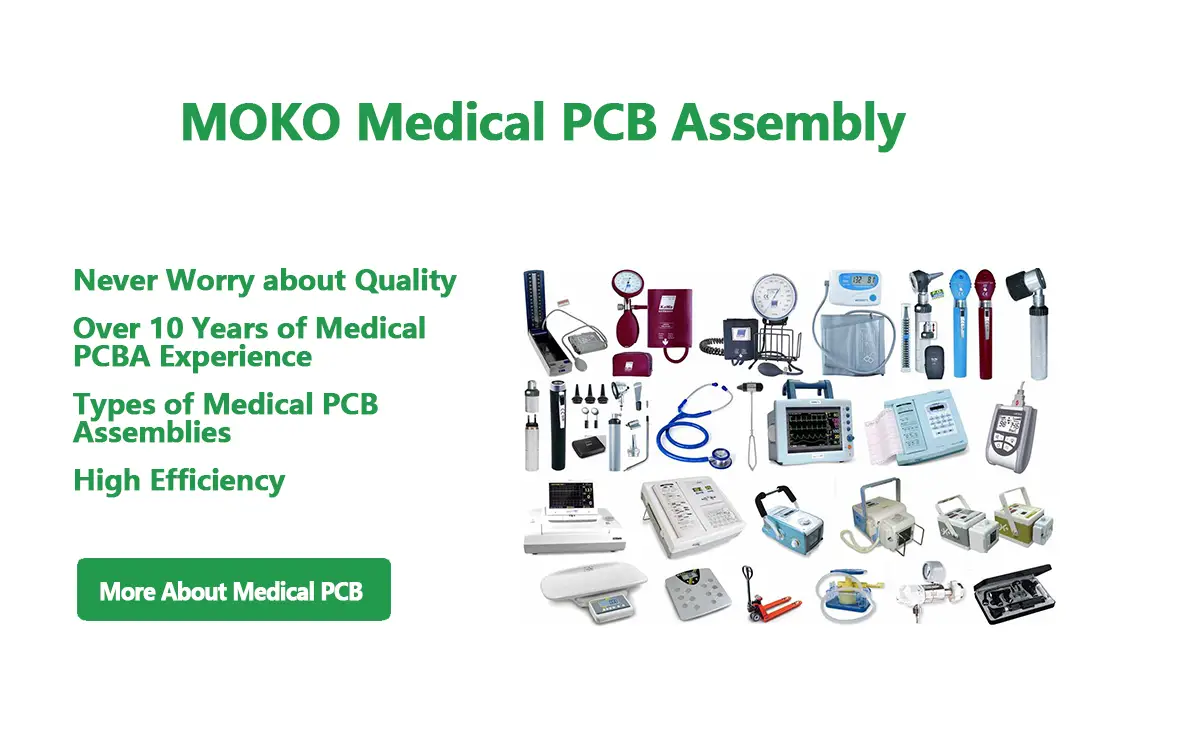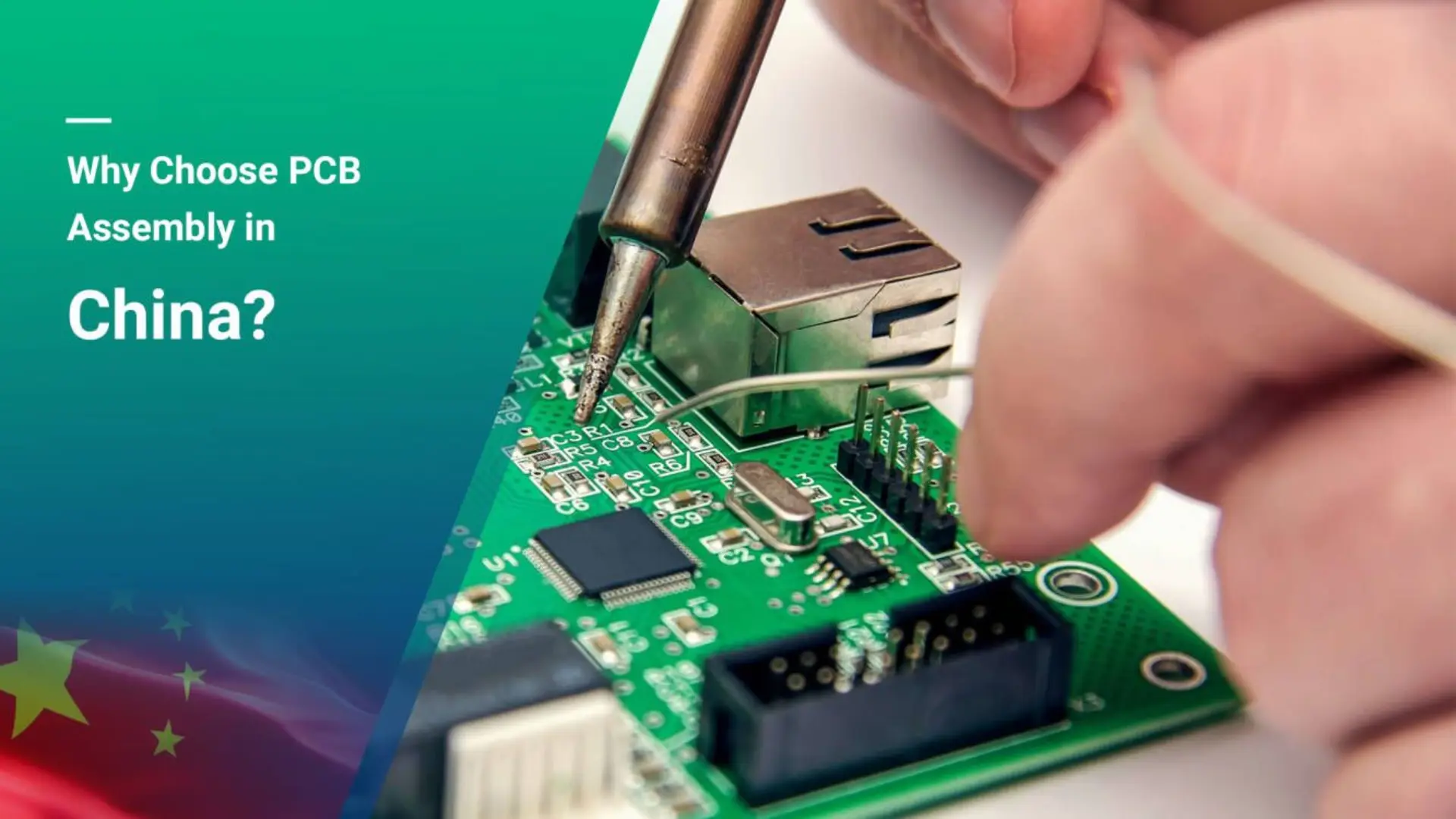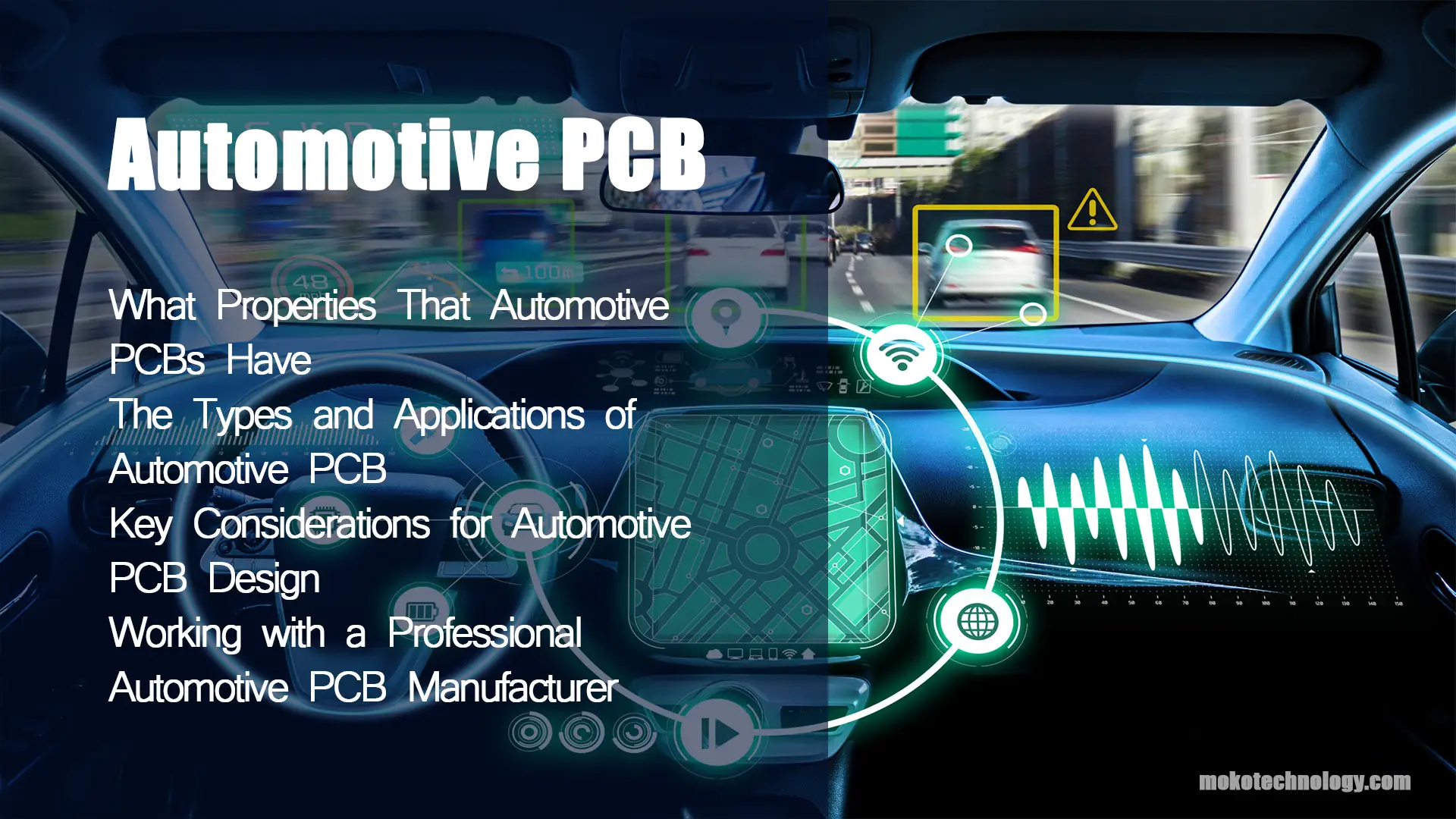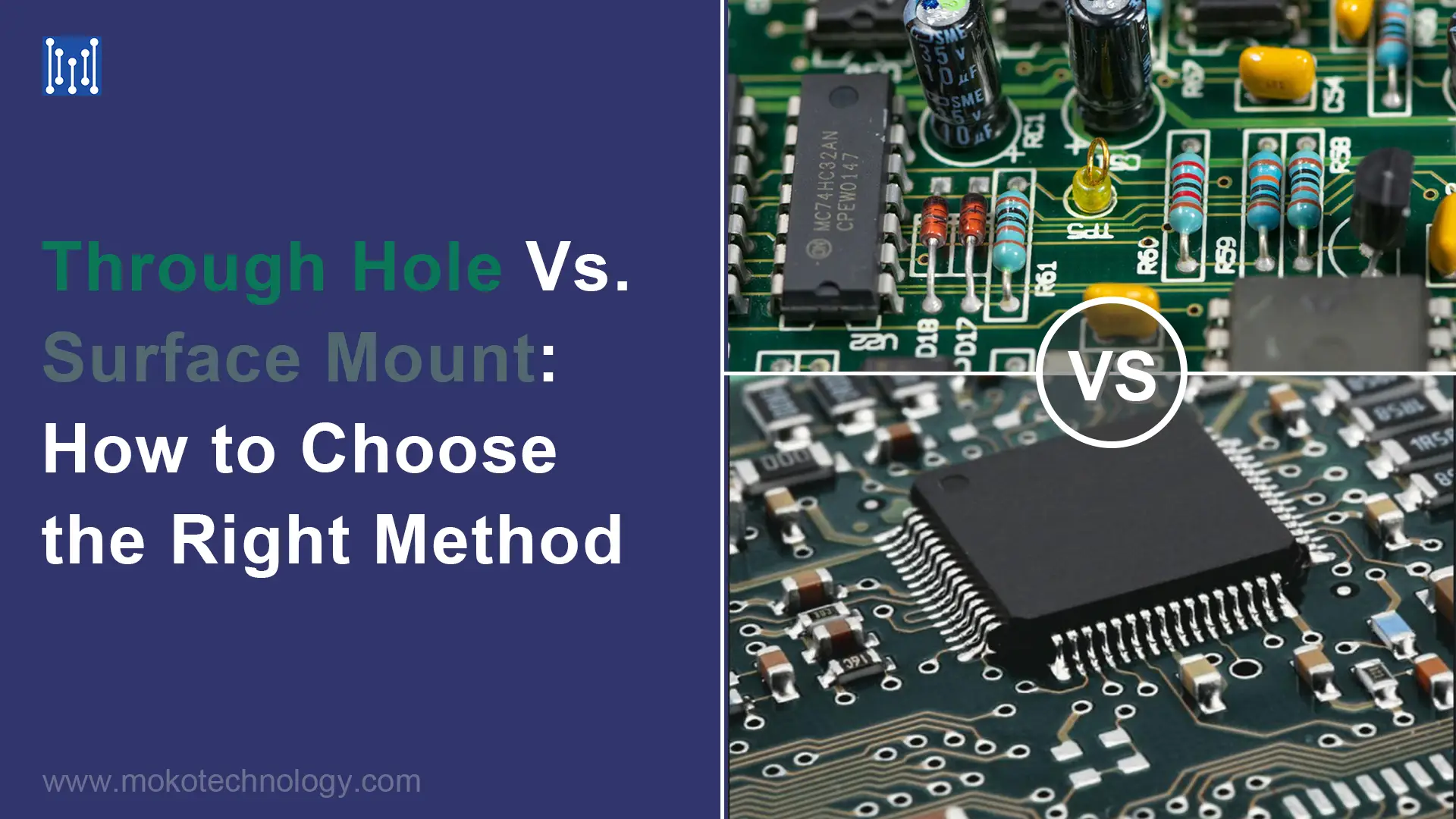Medical PCBA is widely used for kinds of medical devices such as diagnostic devices, monitoring devices, healthcare devices, and treatment devices. In fact, almost every medical electronics require to use printed circuit boards, correspondingly, the demand for medical PCB assembly services is also considerable. So how well do you know about medical PCB assembly? In this blog, we will focus on key considerations of medical PCB assembly and the regulations and standards of medical PCBA, just take 3 minutes to read it and you will have a good understanding of it.
Standards and Regulations for Medical PCB Assembly
It is critical to ensure the reliability and safety of medical PCB assemblies as it would impact human healthcare directly. Therefore, in order to regulate the medical PCB market, many regulators have specified a set of strict regulatory standards, such as the Connected Electronics Industries Association, formerly known as The Institute of Printed Circuits (IPC), the International Organization for Standardization (ISO), and the U.S. Food and Drug Administration (FDA).
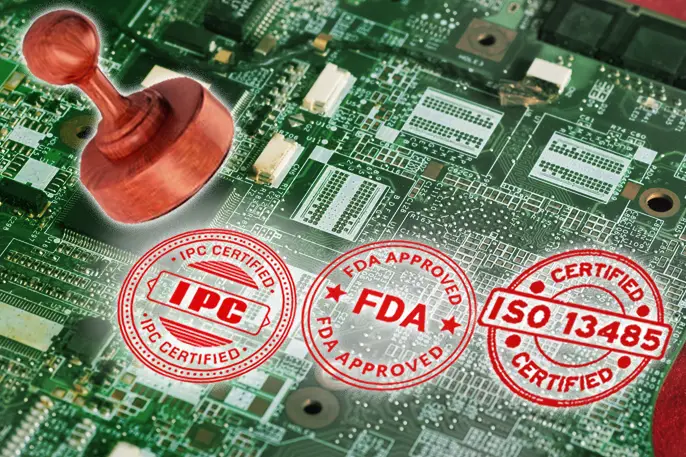
IPC
The following are some of the standards published by the Connected Electronics Industries Association that detail printed circuit boards manufacturing and assembly:
IPC–A-600: It describes the acceptability for printed circuit boards, which aims to guarantee the flawless of PCBA.
IPC-A–6012: It is the standard that regulates the performance and qualification for rigid PCB fabrication.
IPC-A-610: This is the most widely used inspection standard that has comprehensive criteria for PCB, it regulates the acceptance criteria for electronic PCB assemblies.
IPC-A-620: This standard describes the criteria for acceptability and requirements for cable, wire, and harness assemblies.
ISO
- ISO 9000
ISO9000 is a set of standards that describes international quality management and quality assurance. This set of standards is not limited to one industry and can be applied to all industries and organizations of any size. In the PCB assembly industry, these standards provide detailed quality and reliability requirements for PCB design, manufacturing, and testing, and also ensure that manufacturers meet regulatory requirements, better meet customer needs, and ensure the quality of PCBAs.
- ISO 13485
This is a very important standard for medical PCB manufacturers, which makes specific requirements for the reliability and quality of medical equipment. It regulates the specific standard for manufacturers to track materials and establish a documentation process. Some important aspects of ISO 13485 are listed below:
First, it requires that all manufacturing steps should be documented in detail to ensure that medical PCB assembly and products can be performed as per regulation.
Second, it ensures that risk management and design control processes of medical PCB assembly are in place.
Third, this standard requires medical PCB manufacturers to develop an audit system so that they can track their performance during the process.
Last, manufacturers are required to have a good understanding of other regulatory requirements, which makes sure that they can better meet the requirements of regulatory agencies.
By following these standards, Medical PCB suppliers can assure regulators and customers that their internal systems and processes are compliant and the quality of their medical PCB assembly is premium.
FDA
The branch of the U.S Food and Drug Administration, the Centre for devices and radiological health (CDRH), is in charge of approving medical equipment by imposing laws on the fabrication, functionality, and safety of the medical devices. In addition, some medical equipment that emits radiation including X-ray systems and ultrasound devices are also monitored by CDRH.
For medical devices, FDA groups them into three categories that are class I, class II, and class III:
Class I devices normally include low-risk instruments such as bandages, sunglasses, intravenous therapy stand, and so on.
Class II devices are more complicated compared to Class I, and the standard for such devices is higher. Common Class II devices include surgical needles, suture materials, powered wheelchairs, and x-ray machines.
Class III devices have the most stringent standards as this kind of devices would be used inside of the human body. They include heart valves, implantable neuromuscular stimulators, and pacemakers.
Key Considerations for Medical PCB Assembly
PCBs used for medical equipment needs to be assembled according to the strictest standards to ensure the stability and reliability of medical equipment during operation. It is a disaster that medical equipment fails when diagnosing or treating patients. So no matter what type of medical device a PCB is used, it needs to be designed, manufactured, and assembled exactly the right way. Here are the important aspects we need to consider:
Safety: Security is our first concern when it comes to medical PCB assembly, especially for some medical devices that are directly used on and in patients, if there is a problem during operation, such as circuit failure, it will endanger life. When we design and assemble PCBs used in such medical devices, we must ensure that they can still protect the safety of patients even be used in extreme conditions such as ultra-high temperature or ultra-low temperature, or exposed to liquids. Working with an experienced PCB manufacturer who is well-versed in the highly reliable PCB design and assembly can help you to reduce safety risks and solve problems well.
Reliability: During the medical PCB assembly process, reliability is another key consideration that guarantees the high performance of medical devices and equipment, which is also critical to make sure the equipment is performing as expected and delivering consistent results.
Regulatory Compliance: Unlike other types of PCB, medical PCBs must meet stringent standards to ensure their quality and reliability. In addition, the medical PCB assembly process should also comply with kinds of standards and regulations. Therefore, it is critical for manufacturers to understand these standards while being able to provide detailed records and documentation for all procedures involved in the assembly process.
Production Timeline: For medical device companies, it is important to develop a new medical device and bring it to the market with a short turnaround time. While the development timeline is decided by the PCB manufacturers, experienced manufacturers know how to speed up the progress and improve the efficiency of medical PCB assembly. Hence, choosing a PCB manufacturer who can adapt to a tight production timeline and short the product’s time to market is quite important.
Cleanliness: Inorganic salts, acids, and other residues are often left on the circuit boards during the manufacturing and soldering of medical PCBs, and these can lead to corrosion of PCB components, causing electrical equipment to degrade over time and eventually fail. To solve this problem, removing contaminants is essential to guarantee the high cleanliness of the PCBs, and the reliability of the PCB assembly, as well as the medical equipment, can be improved.
The Applications of Medical PCB Assembly
Implantable Medical Devices
Medical PCB is one of the core components of implantable medical devices. Due to the precision of implants, the manufacture and assembly of such PCBs should follow the most stringent requirements. Common implantable medical devices include:
Cochlear Implant: This kind of device allows hearing-impaired people to process sound and actually hear it.
Implantable defibrillators: They can help to protect people at high risk of heart disease from sudden trauma.
Responsive Neurostimulator (RNS): It is an implanted device (in the brain) used by people with epilepsy. People with epilepsy who do not respond well to seizure-controlling medications often turn to the RNS as a last resort. The device monitors brain activity around the clock. Whenever it senses abnormal brain activity, it delivers an electric shock.
Medical Imaging and Diagnostic Devices
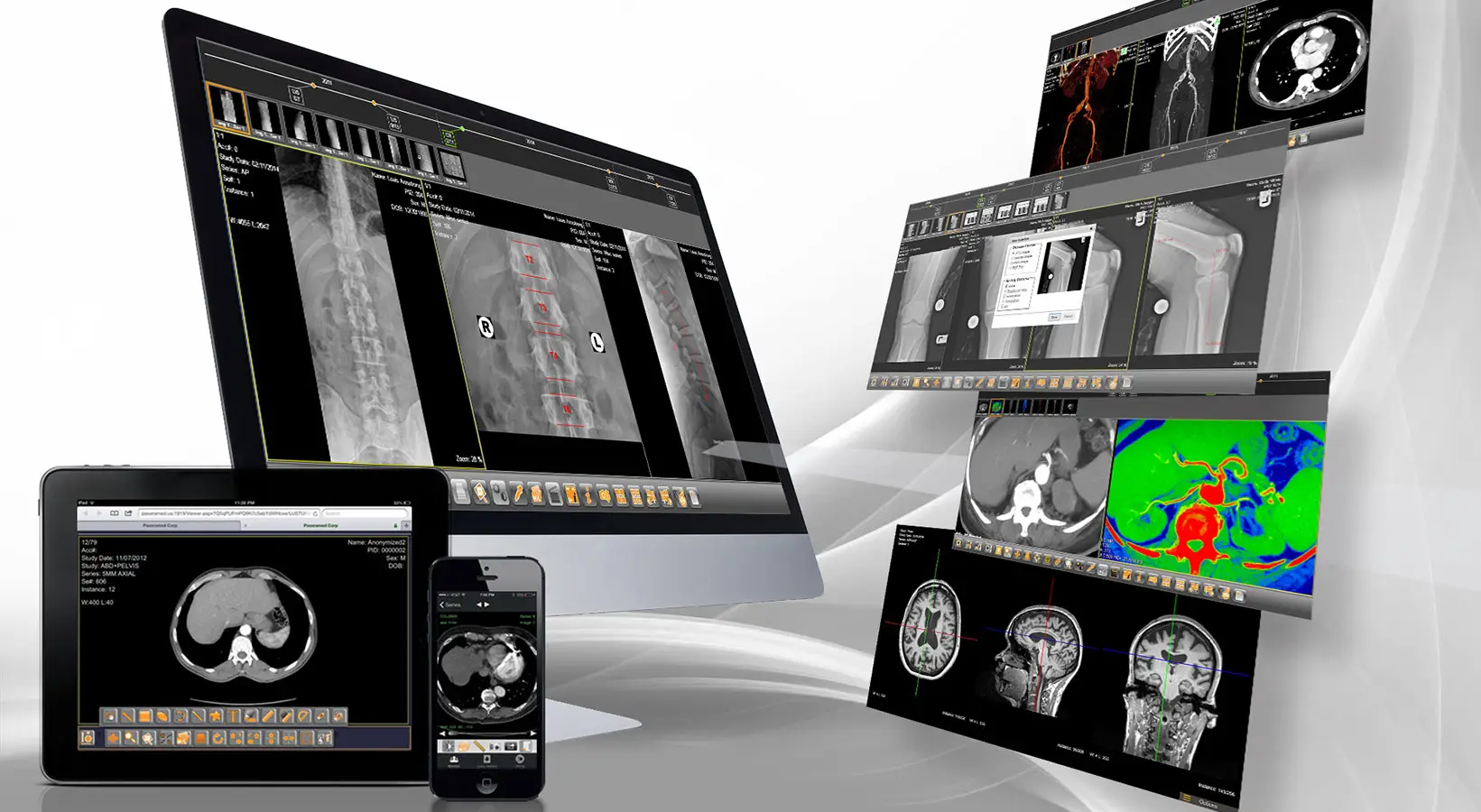
Medical imaging and diagnostic equipment are very important in the healthcare industry, as these advanced devices provide useful information to help physicians and healthcare professionals better diagnose and treat. PCBs are used in a wide range of medical imaging and diagnostic equipment, including MRIs (Magnetic Resonance Imaging), X-ray machines, Ultrasound equipment, CT Scans, and so on.
Monitoring Devices
Medical PCBs are also widely used in monitoring devices such as body temperature monitors, vital sign monitors, blood glucose monitors, respiration monitors, blood pressure monitors, etc. Apart from these medical devices mentioned above, medical PCB can also be used in laboratory medical equipment such as blood analyzers and immunoassay analyzers.
Medical PCB Assembly Services at MOKO Technology
As a leading medical PCB manufacturer, MOKO has offered medical PCB assembly service to medical customers for 16 years. We fully understand that the PCBA we provided are used for medical equipment that helps to improve the quality of people’s lives and sometimes can even save people’s life.
Working with us can save you from worrying about quality, on the one hand, our products are fully in compliance with all kinds of regulations and standards including IPC, ISO13485, and ISO9001. On the other hand, we have strict quality control processes, 100% testing before delivery guarantees each piece of PCBA is of high quality. In addition, we have a track and trace system that helps us to track our products easily, which can even track back to a specific supply chain stage.
